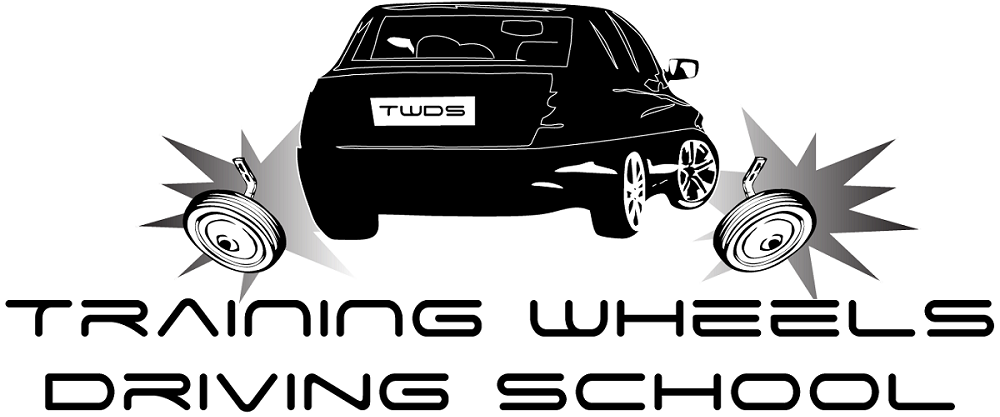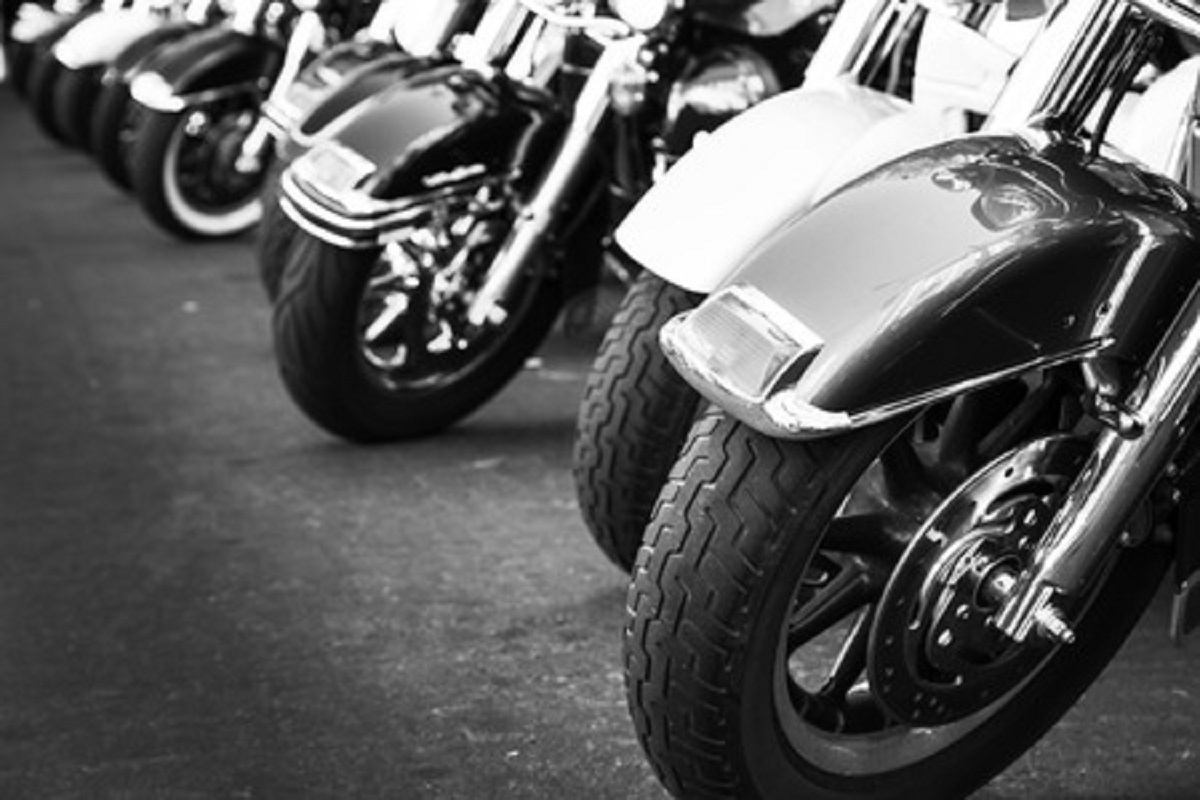So, you’ve weighed the pros and cons, and now you’re considering buying a motorcycle. Before you go off and buy the first one you see, consider why you want one and how often it will be used. There are several types, such as sports bikes, street bikes, or off-road bikes, so choose one you can be happy with. For some, newer models are stressful to keep up, and for others, older bikes may require too much maintenance. Either way, it helps to do some research and read up on motorcycles to be sure you’re making a satisfying purchase.
Budgeting
The initial phase of buying a motorcycle should be deciding how much you want to spend. Prices can vary on motorcycles, costing anywhere between $5,000 to $25,000. Once you’ve determined the bike you want, start budgeting and saving for it. Try to have a maximum amount in mind to avoid overspending.
If you’ve already saved up and can afford the purchase in cash or check, you may be eligible for a discount at your dealership. This isn’t always available, so make sure to discuss any discounts or reduced rates with your dealer before deciding.
There are also hidden motorcycle costs to consider, including various fees in addition to the base price, such as prep and delivery fees, maintenance expenses, sales tax, and titling and registration costs. If this is your first bike, there is also riding equipment like helmets and protective gear to purchase. Keep in mind any safety or training courses you may want to enroll in.
Insurance & Financing
Insurance is another expense to consider when shopping for a motorcycle, which can vary depending on bike type and the size of the engine. Different insurance companies may also have different classifications for bikes. One company may consider a bike to be a standard model while another may classify it as a sports bike. This difference can make a big impact on insurance bills.
You also need to consider how you plan to finance the motorcycle if you’re not paying for it all up front. While bikes can be purchased with little to no money down, the more money initially on the table, the better the deal in negotiations. It’s also best to walk into a dealership with a preapproved loan, the rates of which can vary based on your credit history, the down payment, and the loan’s length.
New vs. Used
Whether you’re buying a new or used motorcycle ultimately depends on your preference. However, there are a few prominent differences between buying a new or used model. If you aren’t mechanically inclined, are interested in a very specific bike, or need the newest technology available, a new motorcycle may be the way to go. However, if you’re an experienced rider, have some knowledge regarding bike repairs, can handle a used model’s potential problems, and want a good deal, a used bike may be your best option.
Dealerships vs. Private Sellers
Regarding the advantages of going to a dealership over a private seller, a dealer may have a wider selection. There’s a service department, financing options, and a selection of pre-owned motorcycles with vehicle histories and a guarantee or warranty. Also, test drives are easier to orchestrate before purchasing.
For private sellers, you’re more likely to get a better deal. There could be minor issues with it, but you can just ask for a vehicle history report from the seller. This helps to reveal any trouble the seller may have failed to disclose or even notice, such as accident history, the number of previous owners, service history, and odometer readings.
Think you or someone you know is in need of Behind the Wheel Training? Training Wheels is a Somers Point driving school specializing in teaching new teen drivers how to stay safe on the road. For more information on our lessons, please click here.
Copyright: mblach / 123RF Stock Photo

